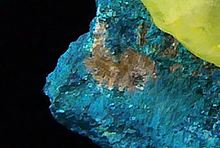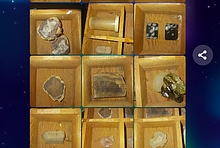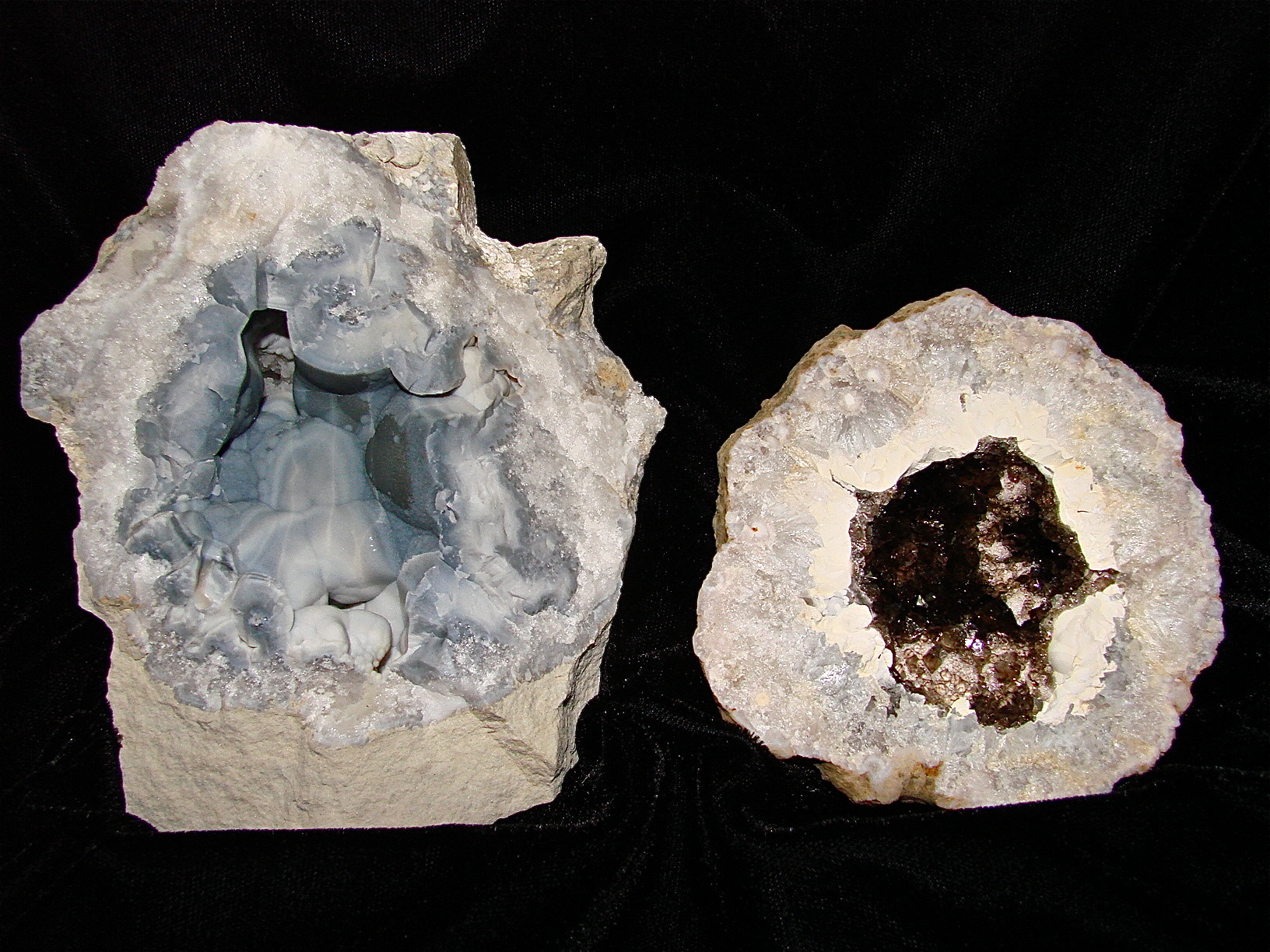Home PageAbout MindatThe Mindat ManualHistory of MindatCopyright StatusWho We AreContact UsAdvertise on Mindat
Donate to MindatCorporate SponsorshipSponsor a PageSponsored PagesMindat AdvertisersAdvertise on Mindat
Learning CenterWhat is a mineral?The most common minerals on earthInformation for EducatorsMindat ArticlesThe ElementsThe Rock H. Currier Digital LibraryGeologic Time
Minerals by PropertiesMinerals by ChemistryAdvanced Locality SearchRandom MineralRandom LocalitySearch by minIDLocalities Near MeSearch ArticlesSearch GlossaryMore Search Options
The Mindat ManualAdd a New PhotoRate PhotosLocality Edit ReportCoordinate Completion ReportAdd Glossary Item
Mining CompaniesStatisticsUsersMineral MuseumsClubs & OrganizationsMineral Shows & EventsThe Mindat DirectoryDevice SettingsThe Mineral Quiz
Photo SearchPhoto GalleriesSearch by ColorNew Photos TodayNew Photos YesterdayMembers' Photo GalleriesPast Photo of the Day GalleryPhotography
╳Discussions
💬 Home🔎 Search📅 LatestGroups
EducationOpen discussion area.Fakes & FraudsOpen discussion area.Field CollectingOpen discussion area.FossilsOpen discussion area.Gems and GemologyOpen discussion area.GeneralOpen discussion area.How to ContributeOpen discussion area.Identity HelpOpen discussion area.Improving Mindat.orgOpen discussion area.LocalitiesOpen discussion area.Lost and Stolen SpecimensOpen discussion area.MarketplaceOpen discussion area.MeteoritesOpen discussion area.Mindat ProductsOpen discussion area.Mineral ExchangesOpen discussion area.Mineral PhotographyOpen discussion area.Mineral ShowsOpen discussion area.Mineralogical ClassificationOpen discussion area.Mineralogy CourseOpen discussion area.MineralsOpen discussion area.Minerals and MuseumsOpen discussion area.PhotosOpen discussion area.Techniques for CollectorsOpen discussion area.The Rock H. Currier Digital LibraryOpen discussion area.UV MineralsOpen discussion area.Recent Images in Discussions
Fakes & FraudsIrradiated and natural smoky quartz

13th Feb 2009 17:55 UTCHoward Heitner
13th Feb 2009 23:18 UTCRonald John Gyllenhammer Expert
You can try to heat it a bit, if it goes colorless or becomes lighter, chances are very good it has been irradiated. Don't heat it to quickly or intensely, the quartz will crack or even "pop" (wear safety glasses). Also the irradiated quartz crystals will be smoky and the main body of quartz matrix will remain unchanged on irradiated specimens. There is a good paper I read some time ago on this topic, referenced below.
Ref.
http://www.scielo.br/scielo.php?script=sci_arttext&pid=S1516-14392005000300014
13th Feb 2009 23:39 UTCRonald John Gyllenhammer Expert
Just a quick word of caution. If this is a specimen that you like and enjoy the way it is, don't heat it. It will likely change or even become damaged by the heating process. Try the visual inspection method first. If the smoky quartz crystal has some quartz matrix in association maybe some of it is opaque or white in color, these areas will not generally darken due to the irradiation process. Therefore if these areas are not smoky, the specimen has likely been irradiated.
Ron
15th Feb 2009 21:46 UTCClaus Hedegaard
All the best
Claus
16th Feb 2009 13:46 UTCRonald John Gyllenhammer Expert
Thank you for correcting my obivious misstatement. I don't know what I was thinking when I wrote the first post, I do know differently, even from the practical experience of having personally heated both irradited rock crystal and naturally smoky quartz many times, as well as understanding the mechanics and chemistry involved! I guess I was in a rush to give bit of helpful advise without thinking it through properly (mental lapse). I've reread my first post several times and am still confounded why I even wrote it. My sincere apologies to Howard and anyone else I confused with that post. I will call this my first senior moment, have a good laugh at myself and endeavour to proofread more carefully before I rush to help again. Thanks again Claus.:)
Ron
16th Feb 2009 15:30 UTCAmir C. Akhavan Expert
I've read in some article that it is possible to distinguish natural and artificially irradiated smoky quartz, but you would need laboratory equipment to do this.
Radiation leaves traces in the crystal's substance. In some minerals (I remember apatite) these "scars" look like short hollow tubes (although I'm not sure that these are real tubes, it might just be material with different optical properties, because it turned amorphous, for example).
Natural radiation has a wide energy spectrum and comes from many different directions.
Artificial irradiation is aimed at the crystal and has a very narrow energy band.
My guess is that this causes differences in the pattern of the traces.
(I think I should dig out that article and finally contact these people and aks them how they do it...)
But there are no other means to tell, except for experience. You know an irradiated Arkansas quartz once someone showed you one, they just have a certain look, and that's all.
Phantoms or color zones are not helpful either. The color in smoky quartz develops long after the crystal growth stopped. The color centers are temperature sensitive, and if you are very patient you could pale a smoky quartz at rather low temperatures, like 100deg C (that will probably take many years, though). So under the hydrothermal conditions at which the crystals grow color centers are unstable. They only remain smoky after the crystal is "done" when the temperature dropped below about 50-60 deg C.
The color zones are there because the relative contents of trace elements (aluminum plus either hydrogen, lithium or sodium) in the crystal lattice change during growth. So you'd expect to see phantoms in artificially irradiated rock crystals as well.
Sometimes one sees strange changes in the color patterns of smoky crystals that have been heated (paled) and subsequently irradiated. The natural smoky zones will simply turn dark again and look the same as before, but some of those parts of the crystal that were colorless in the natural condition turn almost black upon irradiation. This might be an indication that some parts of the crystals develop color centers that are less stable and that are easier to pale.
But even if this was true, you cannot really say something like "natural color centers are stable up to this temperature", so I wouldn't draw any conclusions from the fact that some specimens can be paled more easily.
Amir

5th Apr 2009 16:12 UTCAlfredo Petrov Manager

5th Apr 2009 20:37 UTCHoward Heitner
6th Apr 2009 05:19 UTCRock Currier Expert

4th Jul 2012 20:33 UTCBob Harman
4th Jul 2012 21:56 UTCRob Woodside 🌟 Manager
4th Jul 2012 23:39 UTCDavid Von Bargen Manager
5th Jul 2012 04:50 UTCRock Currier Expert

5th Jul 2012 13:04 UTCBart Cannon
Food irradiation applied to hamburger "patties" could have saved a number lives un-necessarilly sacrificied to Ecoli infection.
But because "radiation" is considered unsafe, it is not standard procedure. Dumb.
Is it "smoky" or "smokie" ?
My observations about natural versus un-natural smoky quartz are that the bases of un-natural smokys are often white.
My experience also, is that every smoky quartz I've ever collected from a pocket, and I've collected thousands of them, is that they are smoky evenly from base to termination.
I have collected loose smoky quartz crystals which were half in the soil and half exposed. The exposed halves are colorless, I presume from UV radiation.
I know of two universities which have cyclotrons that have been utilizied to convert white and colorless quartz to smoky quartz. In both cases the quartz was processed in bulk. I think cyclotrons require vacuum so these operations were probably clandestine and not approved by the university.
The University of Washington, where I believe some synthetic smokys (smokies) were produced once had a lovely cyclotron with an outdoor viewing area of the interior. Completely fascinating. It became improper according to the regents. I think it's now a greenhouse or some such other nonsense.
Bart

6th Jul 2012 16:38 UTCRay Ladbury
6th Jul 2012 19:29 UTCRob Woodside 🌟 Manager

6th Jul 2012 19:41 UTCBob Harman
6th Jul 2012 20:18 UTCFred E. Davis

7th Jul 2012 05:27 UTCMike Keim
What about Brandberg Quartz where you get alternating zones of smokey and amethyst that appear to correspond to internal phantoms? That seems to be coloration during the crystal growth?
7th Jul 2012 16:25 UTCDavid Von Bargen Manager

27th Sep 2014 01:42 UTCJeff "Mouse" Jessie

27th Sep 2014 02:16 UTCDoug Daniels
27th Sep 2014 12:55 UTCAmir C. Akhavan Expert
If what you say is correct, why are there still pyrite crystals included?
Smoky quartz is always irradiated.
... irradiation to remove S from coal must be the reason why I pay $500 per KWH ...
27th Sep 2014 18:35 UTCOwen Melfyn Lewis
There are two pre-requisites to create smoky quartz, whether in nature or in the lab
1. A very small percentage of the Si+++ atoms are replaced by Al++++ atoms (c. 0.0001%). This is true of most quartz found in nature. Charge neutrality is maintained by H+ protons trapped interstitially in the lattice.
2. Such material is irradiated, the energy detaching an electron from an O-- atom adjacent to an Al atom. This free electron is attracted by an H+ proton to create a neutral H atom. The electron deficient O- will then absorb incident light.
The above is equally true whether the process is naturally or artificially caused.
Since it is known that pyrite crystals do sometimes exist in smoky quartz, it follows that pyrite is not destroyed at the low level of irradiation required to turn quartz smoky.
Though almost all natural quartz contains trace amounts of Al, only where there is (or once was) a natural source of irradiation does smoky quartz form naturally. Heating can reverse this process and subsequent re-irradiation re-instate the smokiness.
For more (lots) on electron and hole centres and colour centres, take a squizz at Chapter 9 of 'The Physics and Chemistry of Color' by Kurt Nassau.

10th Jul 2015 03:21 UTCDavid Heller
ps. the tunnels are now blocked off and the site is an endangered bat species protected zone.
13th Jul 2015 00:39 UTCRock Currier Expert

13th Jul 2015 03:27 UTCDavid Heller




Mindat.org is an outreach project of the Hudson Institute of Mineralogy, a 501(c)(3) not-for-profit organization.
Copyright © mindat.org and the Hudson Institute of Mineralogy 1993-2024, except where stated. Most political location boundaries are © OpenStreetMap contributors. Mindat.org relies on the contributions of thousands of members and supporters. Founded in 2000 by Jolyon Ralph.
Privacy Policy - Terms & Conditions - Contact Us / DMCA issues - Report a bug/vulnerability Current server date and time: April 18, 2024 04:12:35
Copyright © mindat.org and the Hudson Institute of Mineralogy 1993-2024, except where stated. Most political location boundaries are © OpenStreetMap contributors. Mindat.org relies on the contributions of thousands of members and supporters. Founded in 2000 by Jolyon Ralph.
Privacy Policy - Terms & Conditions - Contact Us / DMCA issues - Report a bug/vulnerability Current server date and time: April 18, 2024 04:12:35












